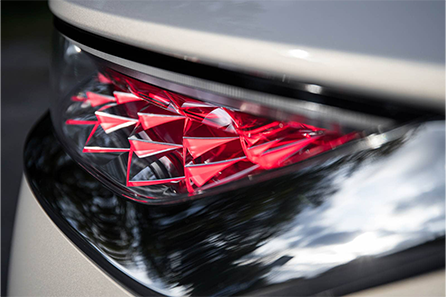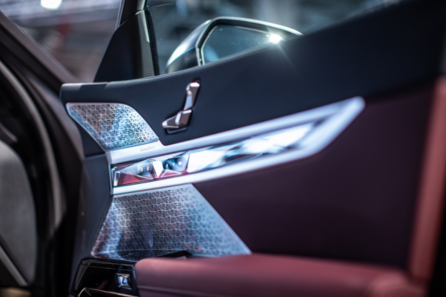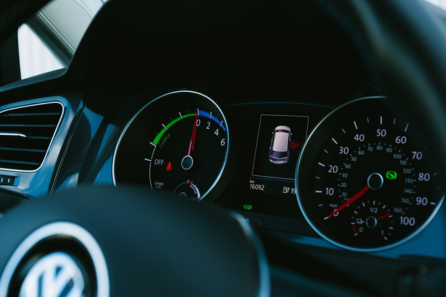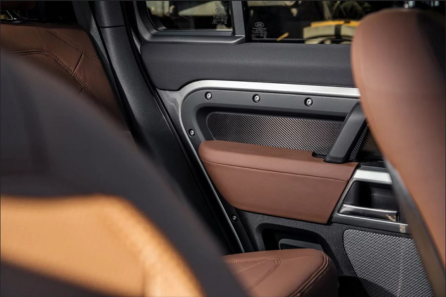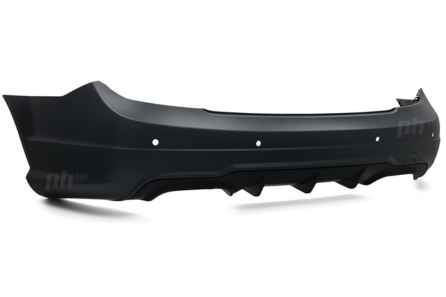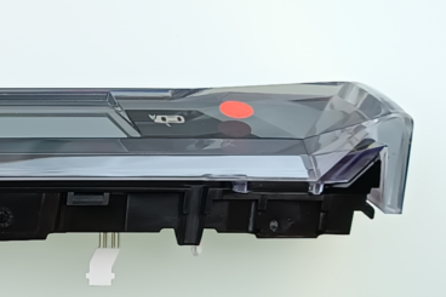Laser decoating
A progressive laser method for removing painted and coated layers from interior and exterior parts to create visible 2D/3D graphics. With a high resolution of 20 µm and high repeatability of up to 50 µm, it is possible to meet various graphic design requirements for creating logos, patterns, or text.

